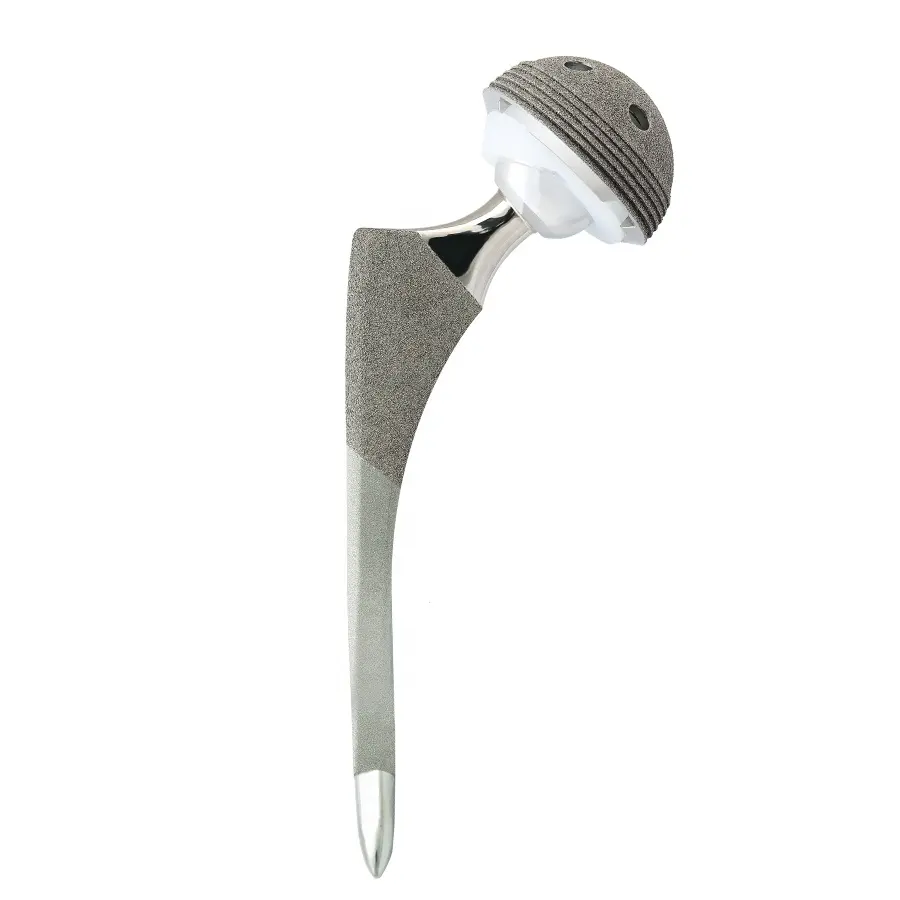How to choose Non-Cemented or Cemented in the Total hip prosthesis surgery
Research presented at the 38th Annual Meeting of the American Academy of Orthopaedic Trauma (OTA 2022) recently showed that Cementless hip prosthesis surgery has an increased risk of fracture and complications despite a reduced operative time compared to cemented hip prosthesis surgery.
Research Brief
Dr.Castaneda and colleagues analysed 3,820 patients (mean age 81 years) who underwent cemented hip prosthesis surgery (382 cases) or non-cemented hip arthroplasty (3,438 cases) for femoral neck fractures between 2009 and 2017.
Patient outcomes included intraoperative and postoperative fractures, operative time, infection, dislocation, reoperation and mortality.
Research results
The study showed that patients in the Non-Cemented hip prosthesis surgery group had a total fracture rate of 11.7%, an intraoperative fracture rate of 2.8% and a postoperative fracture rate of 8.9%.
Patients in the Cemented hip prosthesis surgery group had a lower fracture rate of 6.5% total, 0.8% intraoperative and 5.8% postoperative fractures.
Patients in the Non-Cemented hip prosthesis surgery group had higher overall complication and reoperation rates compared to the Cemented hip prosthesis surgery group.
Researcher’s view
In his presentation, the principal investigator, Dr.Paulo Castaneda, noted that although there is a consensus recommendation for the treatment of displaced femoral neck fractures in older patients, there is still debate as to whether to cement them. Based on the results of this study, clinicians should perform more cemented hip replacements in older patients.
Other relevant studies also support the choice of Cemented total hip prosthesis surgery.
A study published by Professor Tanzer et al. with a 13-year follow-up found that in patients >75 years of age with femoral neck fractures or osteoarthritis, the early postoperative revision rate (3 months postoperatively) was lower in patients with the optional cemented revision than in the non-cemented revision group.
A study by Professor Jason H found that patients in the bone cement handle group outperformed the non-cemented group in terms of length of stay, cost of care, readmission and reoperation.
A study by Professor Dale found that the revision rate was higher in the non-cemented group than in the cemented stem.

